After having seen this car Avatar, the concept Vision AVTR , live, as the star of the Consumer Electronic Show in Las Vegas in January, we are now privileged to be able to guide you.
The world hadn't even dreamed of the arrival of the pandemic and Mercedes-Benz, together with the producer of the two biggest box office hits in cinema history (Titanic and Avatar), surprised with a 100% electric vehicle, potentially 100% autonomous and that , as no other proposed before, a fusion between the human being and the vehicle and between them and their surroundings.
It was January in Las Vegas, and I almost couldn't believe what my eyes were showing me when the CEO of the German brand, Ola Kallenius, James Cameron and John Landau (Director and Producer of Avatar. respectively) walked onto the stage at the fair of gaming paradise with a four-wheeled machine that walked (it felt) sideways like crabs.
Prelude to three new Avatar
For those more detached from the 7th art, the association with the 2009 film might not even make much sense, after all the masterpiece by the Cameron/Landau duo had premiered in movie theaters (with a budget of 280 million dollars, which were then multiplied by 10 in profits) 10 years earlier.
Subscribe to our newsletter
But discerning movie buffs will know that there are four sequels in the works, each to be premiered in movie theaters around the world in the week before Christmas 2022 (Avatar 2), 2024 (3), 2026 (4) and 2028 (5). And if a replacement product for this concept-car, in series production, is on the road until 2028, that would be a good sign, its contextualization would make perfect sense.
Even before future chapters are scheduled with an unprecedented advance, Avatar continues to be considered the maximum exponent of cinema in the presentation of the virtual future: the plot is located in Pandora (one of the moons of the planet Polyphemus), in the year 2154, and in it the human colonizers and the Na'vi, humanoid natives, wage war for the planet's resources and the preservation of the native species. A scenario that sounds to us less and less like science fiction and something closer, or even current in certain political debates.
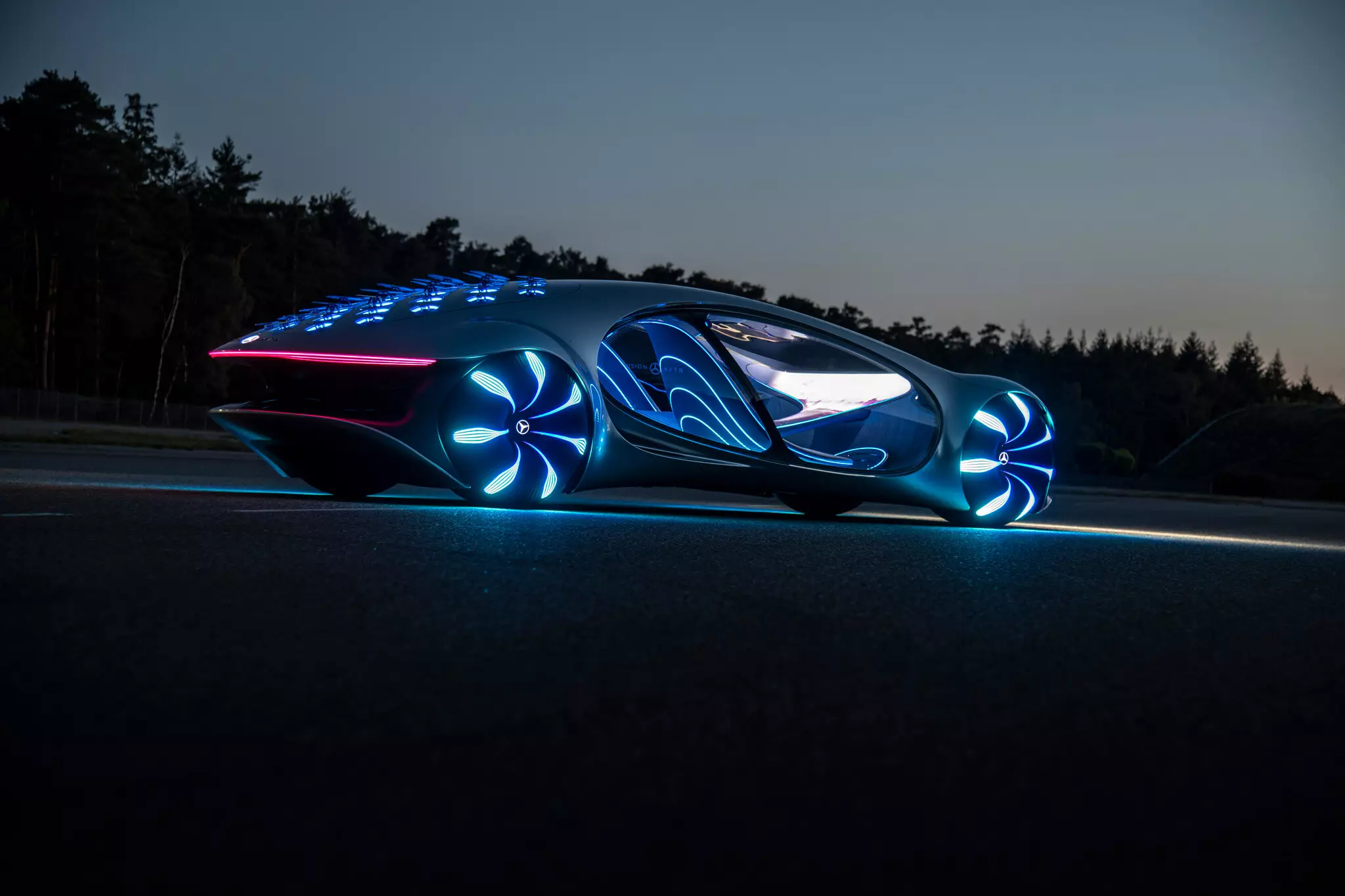
man/machine fusion
In the same way that in Pandora the Na'vi-human hybrid bodies, created by genetic engineering, served for the interaction between the two species, this Vision AVTR is an anticipation of what a transport vehicle could be in the future, clearly prior to 2154 , in which the human being merges a little with the machine that transports him.
But just as Cameron had to wait for technological progress to allow him to realize his visionary script that he started doodling in 1994 (just after Titanic, his biggest hit so far), Mercedes-Benz is aware that much of it The vehicle promises is merely conceptual, but it should become a reality in the long term, starting with its total harm to the environment:
“in 2039 Mercedes-Benz will be a 100% carbon-neutral company in the production of its vehicles/engines in Europe, the United States and Japan, a goal that will extend to vehicles in circulation until 2050 and this “concept-car” brings some ideas that will be part of that future"
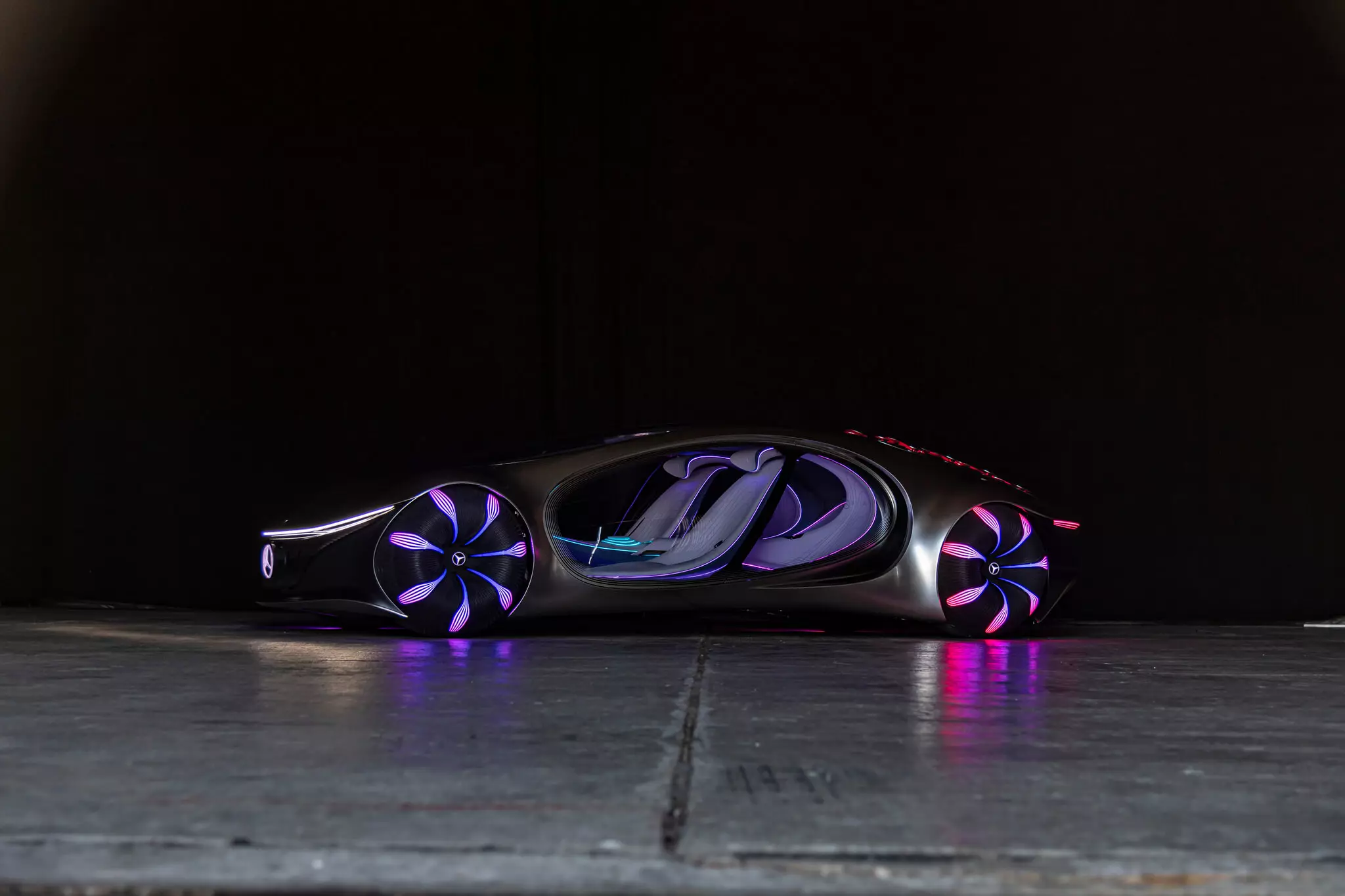
So Gordon Wagener, vice president of design at Daimler, tells me. “When we had the first meetings with Cameron, we agreed that it would make sense to create a vehicle that would promote a new relationship between human and machine”, adds Wagener, for whom the Vision AVTR is a clear demonstration that luxury brands must accelerate their promotion as sustainable, “because more and more those who do not show environmental and social respect hardly have the respect of others”.
On January 6, 2020, in its first (and, after all, only to date) world parade in Las Vegas, Vision AVTR already had its schedule overloaded with appointments in the four corners (of this) world when the arrival of the coronavirus denied it the protagonism. The main global auto shows were falling like dominoes (Geneva in March, Beijing in April, etc.) and any physical promotional events in this industry were banned, so their existence beyond futuristic became totally virtual, digital. At least until this moment when we were given the opportunity to have a brief experience conducting it.
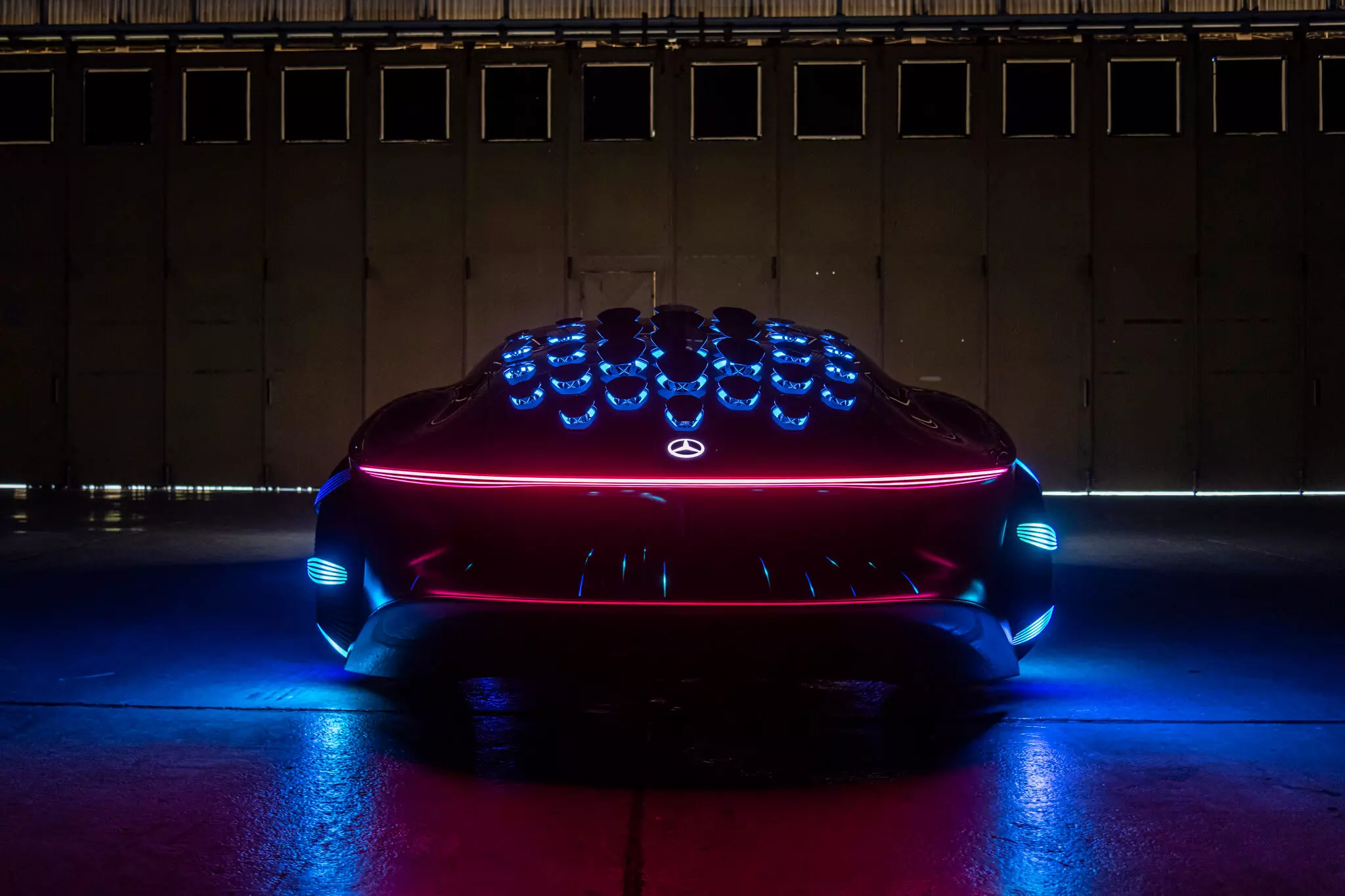
The "being" arrives in Europe
Upon arrival at a discontinued military airport in Baden, 100 km west of Stuttgart, we are told that the “being” is inside the hangar, to keep it away from prying eyes and at a moderate “body temperature”. That's where we headed without delay.
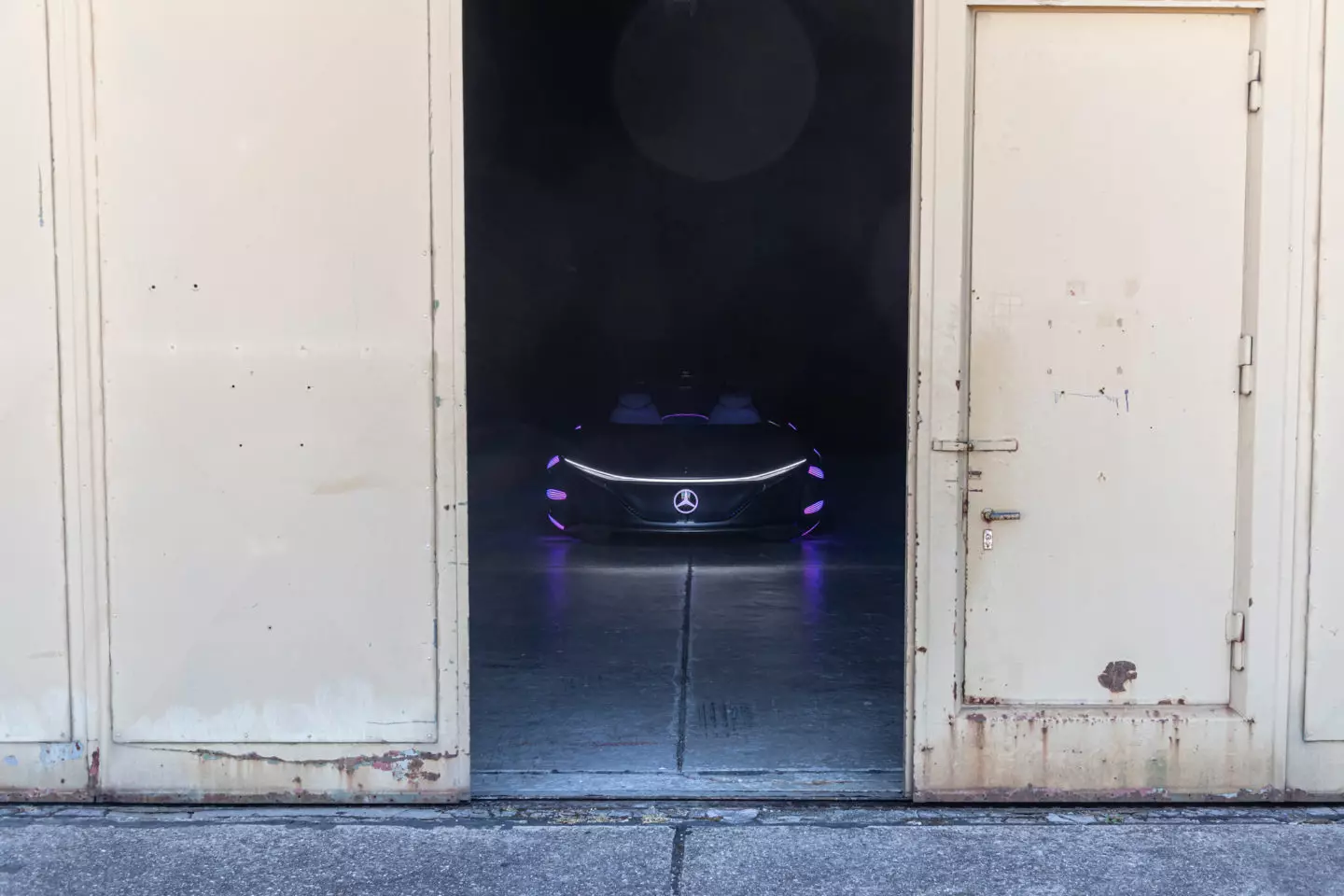
Open the heavy metal pavilion doors and there it is, with pulsating optical fibers that erupt at the front, sides and rear like nerve veins, connecting the exterior to the interior and also making the energy flows visible, in blue, at the wheels. Everything reminds us of the bioluminescence of nature at night in Pandora, where many living beings and plants glow at night.
It is true that the six months that have passed since his auspicious baptism in Las Vegas have not taken an iota of spectacularity from the design: no doors or windows intrigue anyone, but the reptile air is reinforced by the 33 bionic valves with “scale air” ”, embedded in the “back” of the Vision AVTR (which move in the same direction as its longitudinal and transverse acceleration) which moves, even before accessing the cocoon's ravaged interior and projecting an image that crosses machine genes of the time and motorized living being.
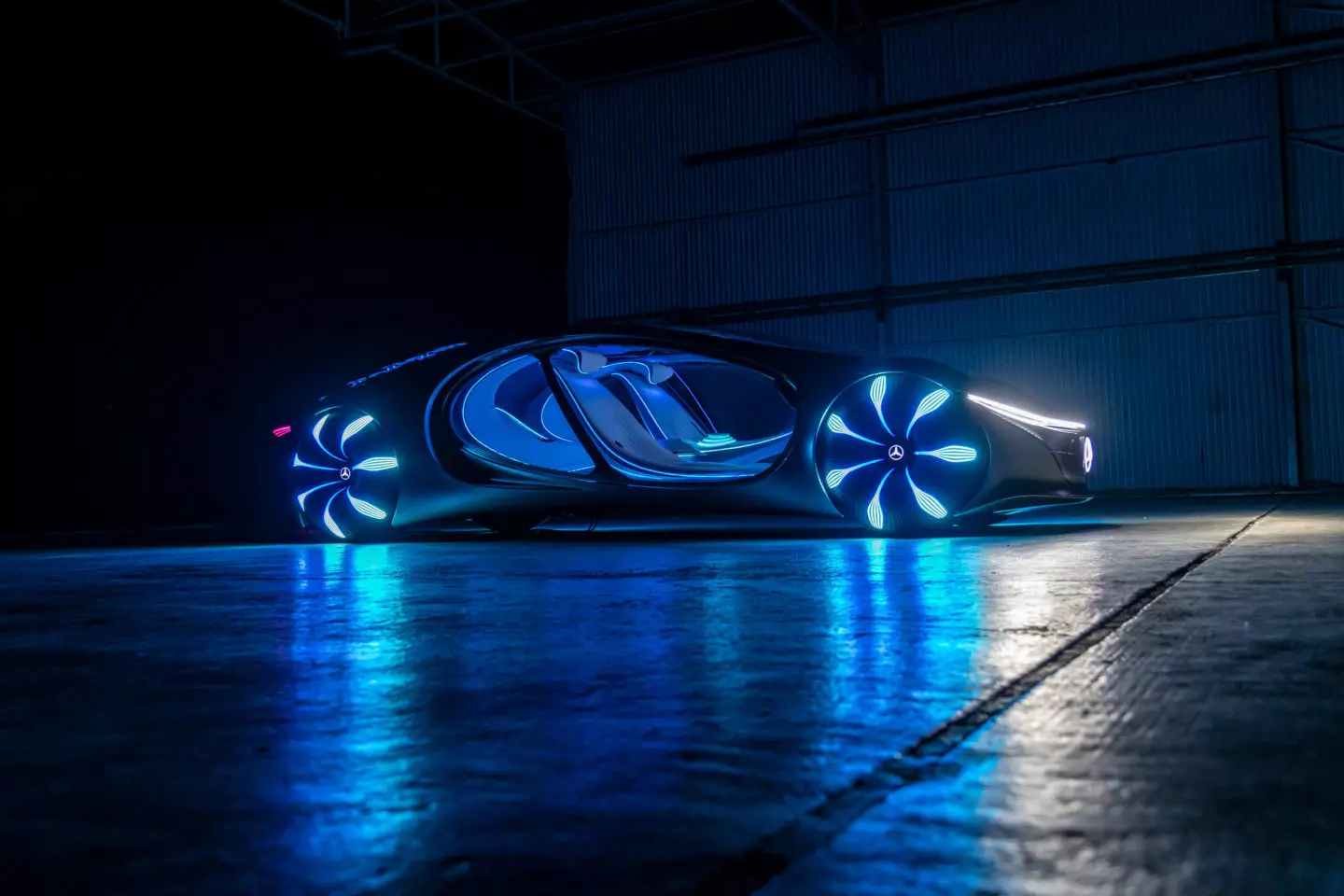
Wagener once again explains: “We've put all the focus on organic materials and functions that are reminiscent of organisms, like the transparent mini doors, which go up rather than open. On the other hand, the dashboard symbolizes the “Tree of Souls” the most sacred place for the Na'vi, and is a surface for projecting 3D images of the outside around us, many of which could only be captured by a being. voodor” and which ends up establishing a visual connection with the occupants, while there is space to see what is on the road in front of the vehicle.
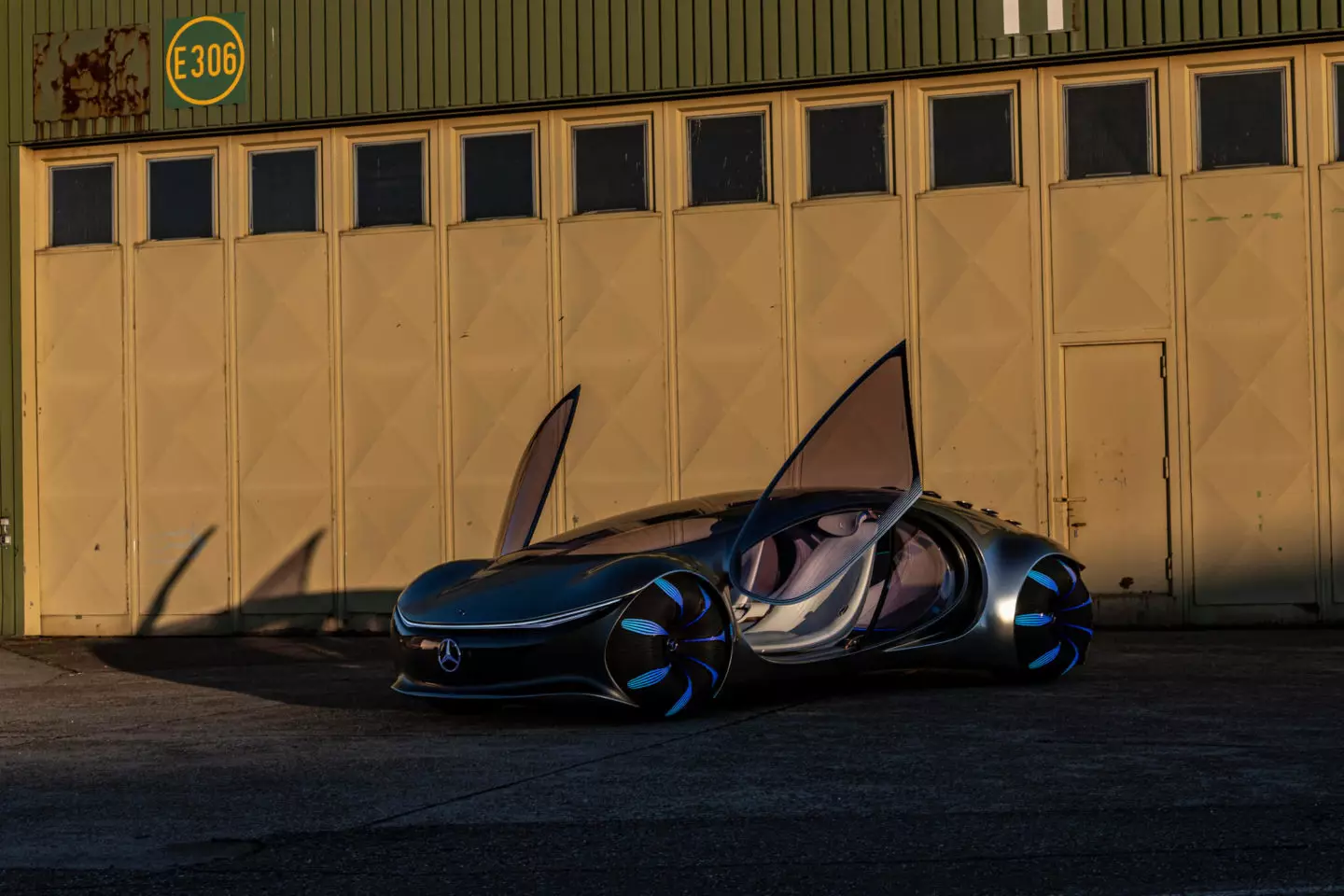
Here on the uninhabited grounds of the military airport, the scenery is far less pleasant than in China's Huangshan Mountains, next to the 115 m tall Hyperion tree in the United States, or the pink salt of Lake Hillier in Australia (the images that ran in the concept-car in its world revelation) but that thrill is at least matched by the possibility of being among the first to drive the Vision AVTR.
After the first few minutes, droplets of sweat begin to form on the forehead, a sign that the wide glazed surfaces of this kind of flying saucer with wheels do not have sound insulation materials, as is natural in a concept car, but the cocoons want- if cozy and protective and this one, made only with organic or vegan materials (synthetic leather seats, car floor in Karuun rattan, a sustainable material made from hollow palm stalks), is that and much more.
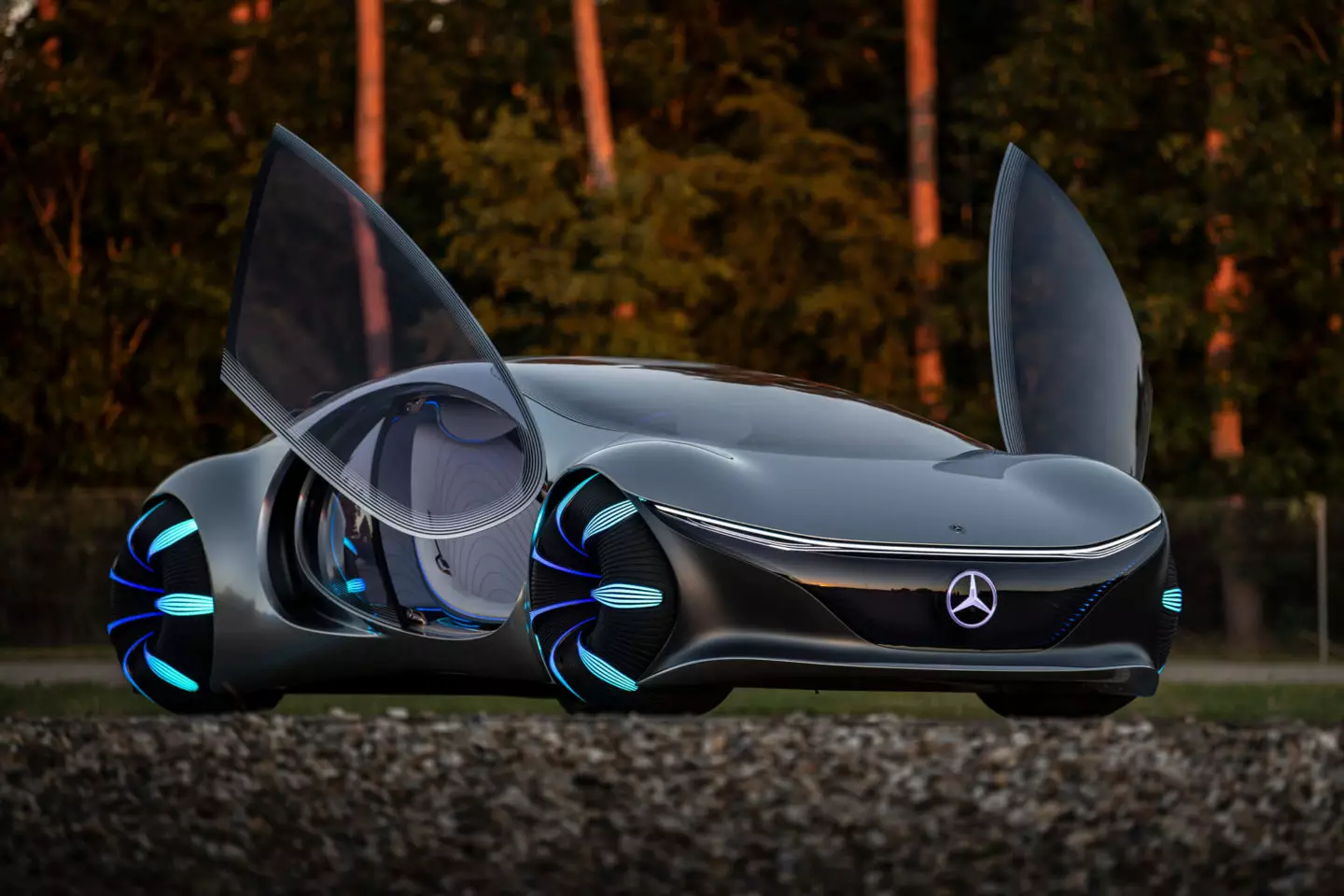
The idea that everything is connected to everything is reinforced by the rear headrest that slants all the way to the front, below which the driver sits on something that looks more like a reclining surface or a lounge sofa than a passenger seat. car. The car measures the vital signs of the occupants, adjusts the weather and lighting as a kind of symbiotic organism.
gesture is everything
In Vision AVTR there are not even tactile surfaces and even less buttons, which belong to prehistory. If you lift your right hand, you will have a projection in your palm with which you can control the individual menu items.
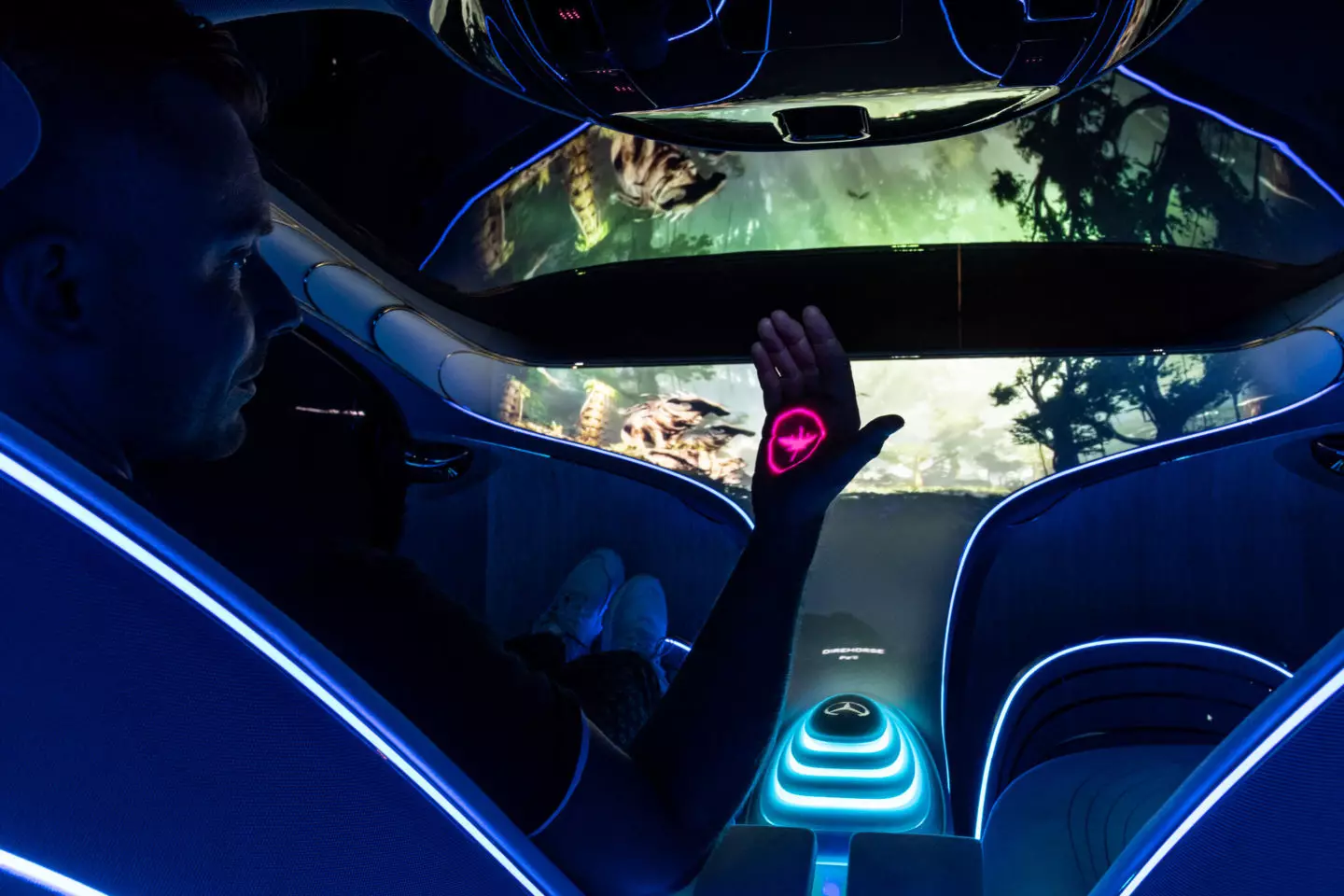
Also forget that there are steering wheels or pedals because the movement of the vehicle is controlled by a spongy interface, with an organic look and feel, which allows you to accelerate, brake and turn, but which also captures the heart rate through the palm of the user's hand, which it creates the feeling that we are being transported by a living being of which we are also a part, making this fusion between man and machine evident.
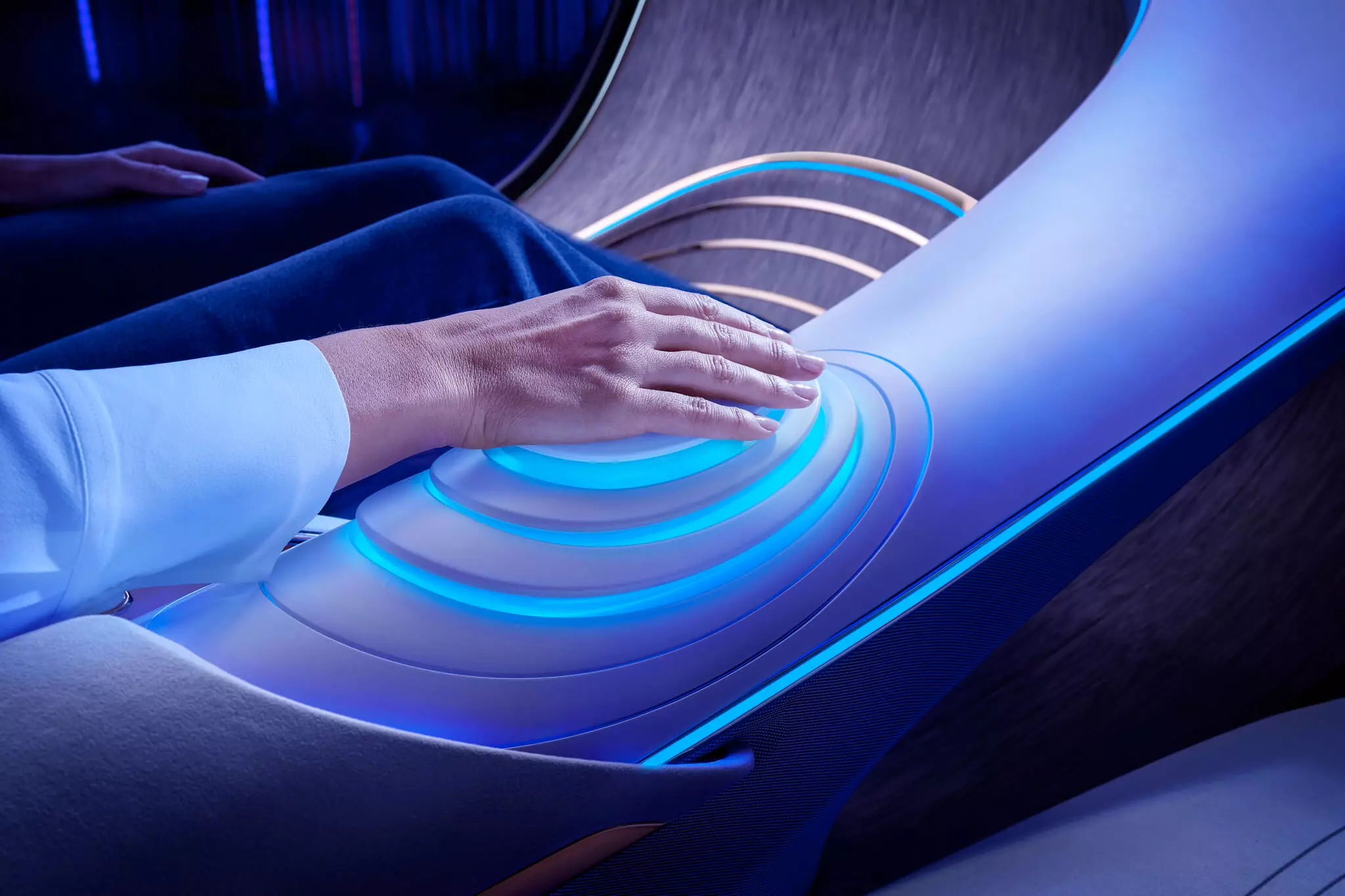
If you push the joystick forward slightly with the whole palm of your hand, the two-ton UFO starts to move silently. To brake, the organic handle must be pulled back to the center or even backwards, in this case to go back in the direction of travel. And even though it is a (very expensive) laboratory on wheels, the vehicle moves with ease up to 50 km/h, the speed at which we are authorized “to travel in time”.
In an autonomous future it will also be possible to choose to leave the spongy interface embedded in its base and delegate the driving to the Vision AVTR itself, which transforms itself into a robot car in Comfort mode (halfway, you can also choose to control only the speed and the machine takes care of the steering).
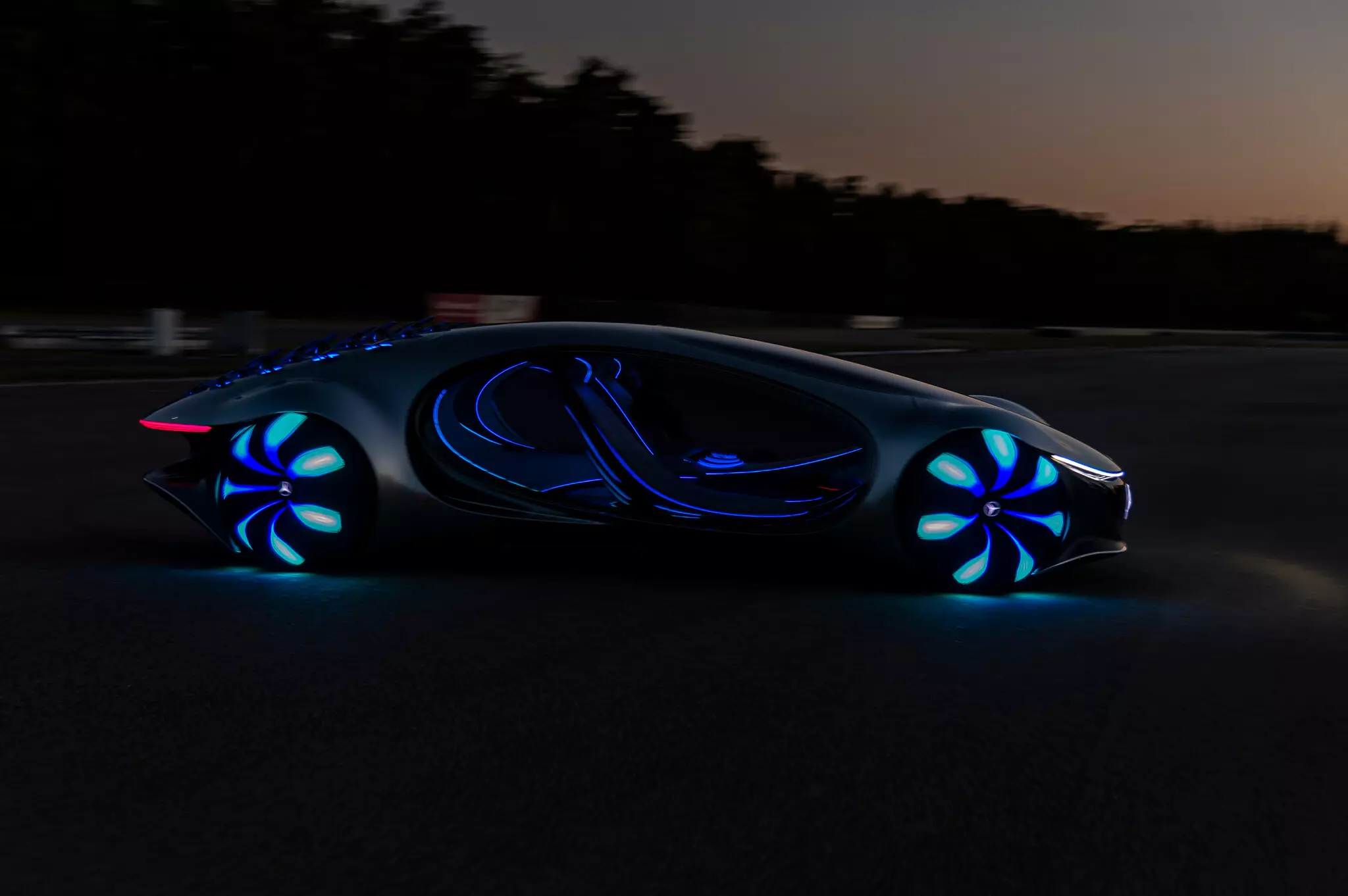
Four electric motors, 700 km of autonomy
There are four electric motors, one in the vicinity of each of the wheels, which make 350 kW (475 hp) of power, and this means that each wheel is driven (movement and rotation) individually.
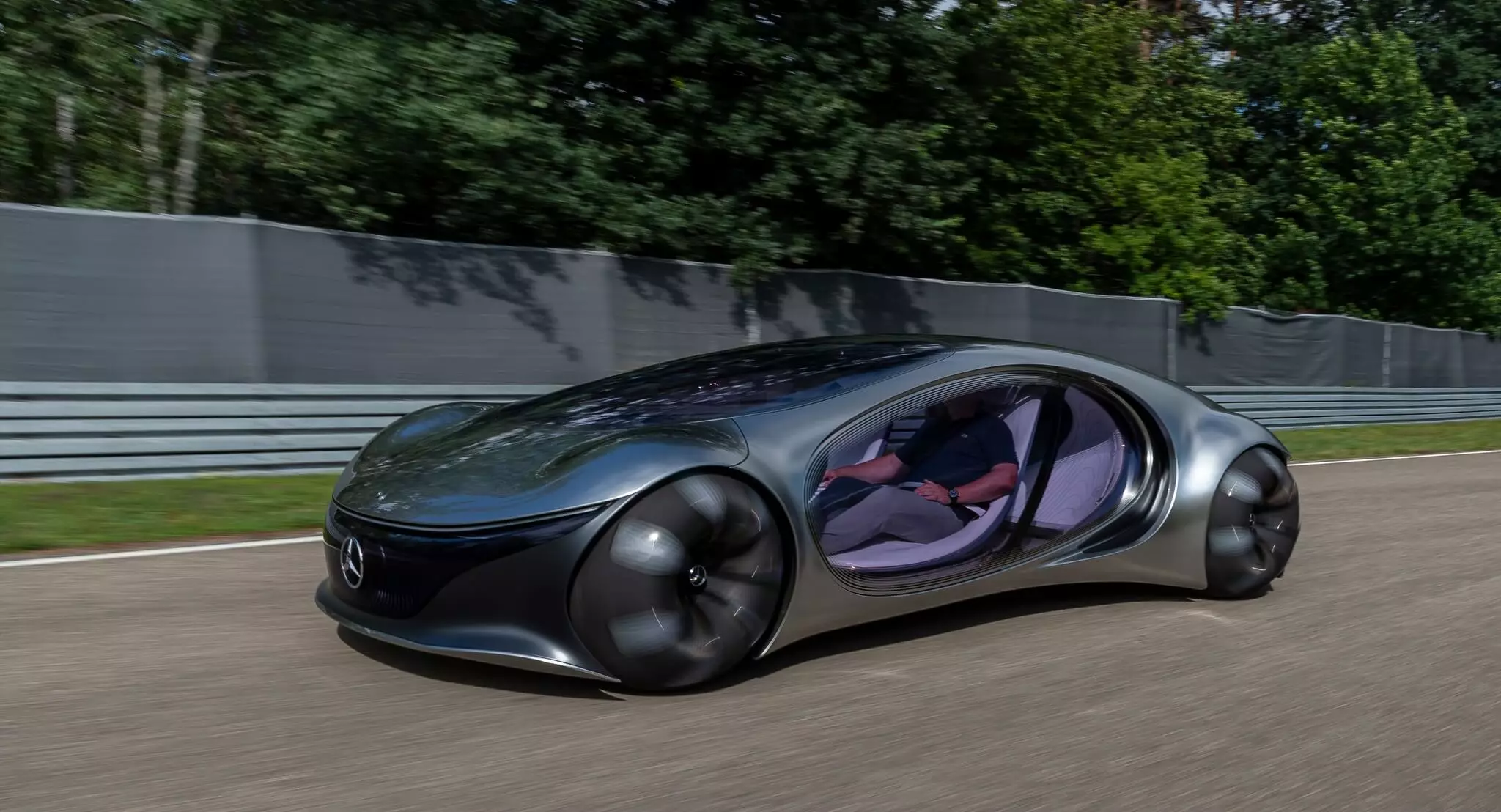
It's an interesting solution, mainly because of the special articulation that allows each wheel to turn at a maximum angle of 30º, which can give rise to a lateral movement very similar to that of crabs. For the driver, just tilt the interface to one side for a commuting experience unlike anything they've ever experienced. And much more fun too.
Not least for the foreseeable future, the 110 kWh batteries promise to cover 700 km on a single charge (and faster), as does the EQS, somehow implying that it is the same high-end energy accumulator. that will hit the market even before the end of 2021. The batteries are free of rare metals and use innovative graphene-based organic cell chemistry, fully recyclable (and without applying any nickel or cobalt).
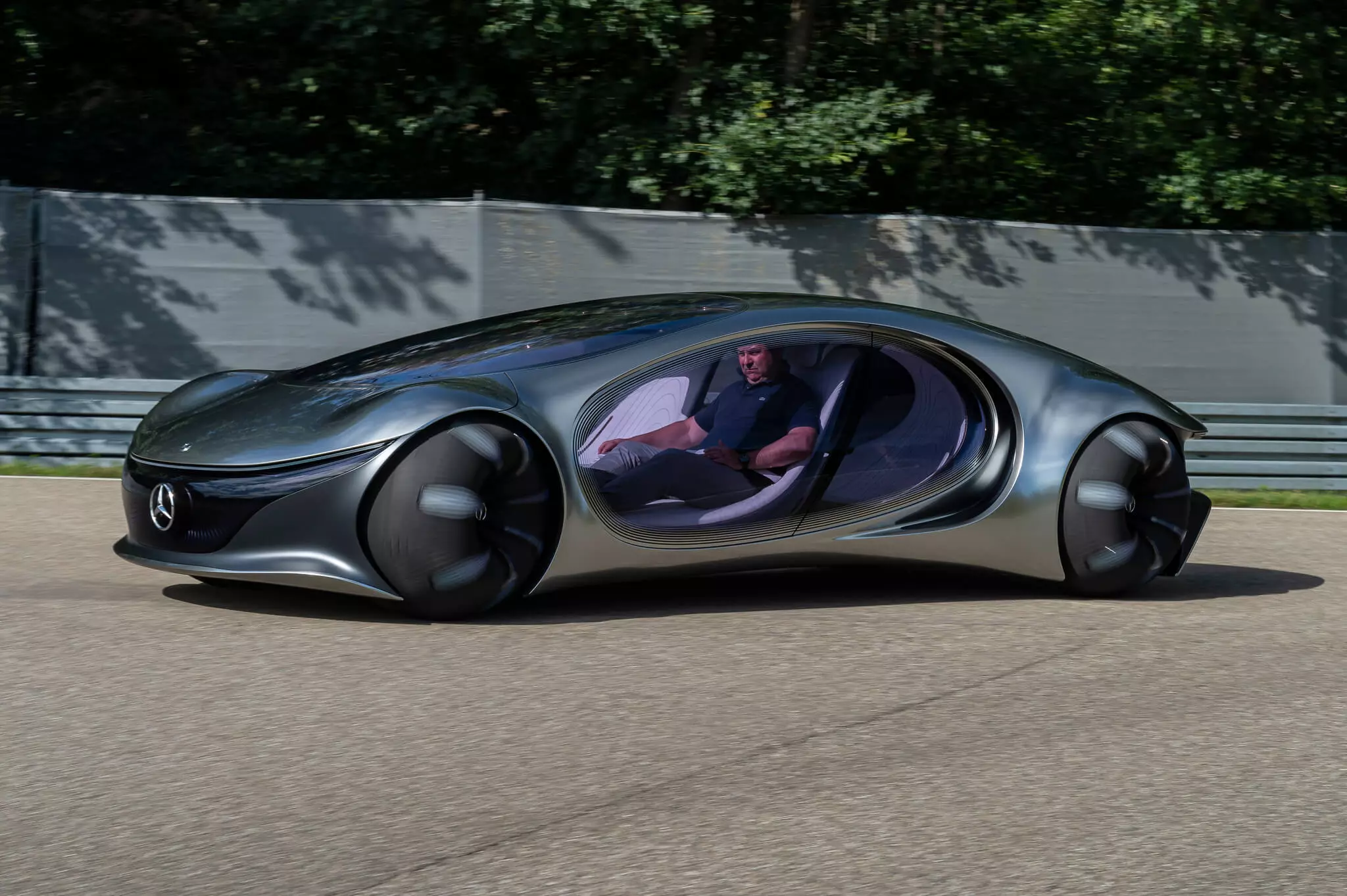
Even though it still seems like a distant dream, the Vision AVTR contains principles that we could see in road cars in one to two decades, others in the shorter term. A role that you will play as surely as that of a character in one of the next episodes of Avatar, in a cinema near you.
3 questions to…
Markus Schaeffer, Director of Model Research and Development at Mercedes-Benz.
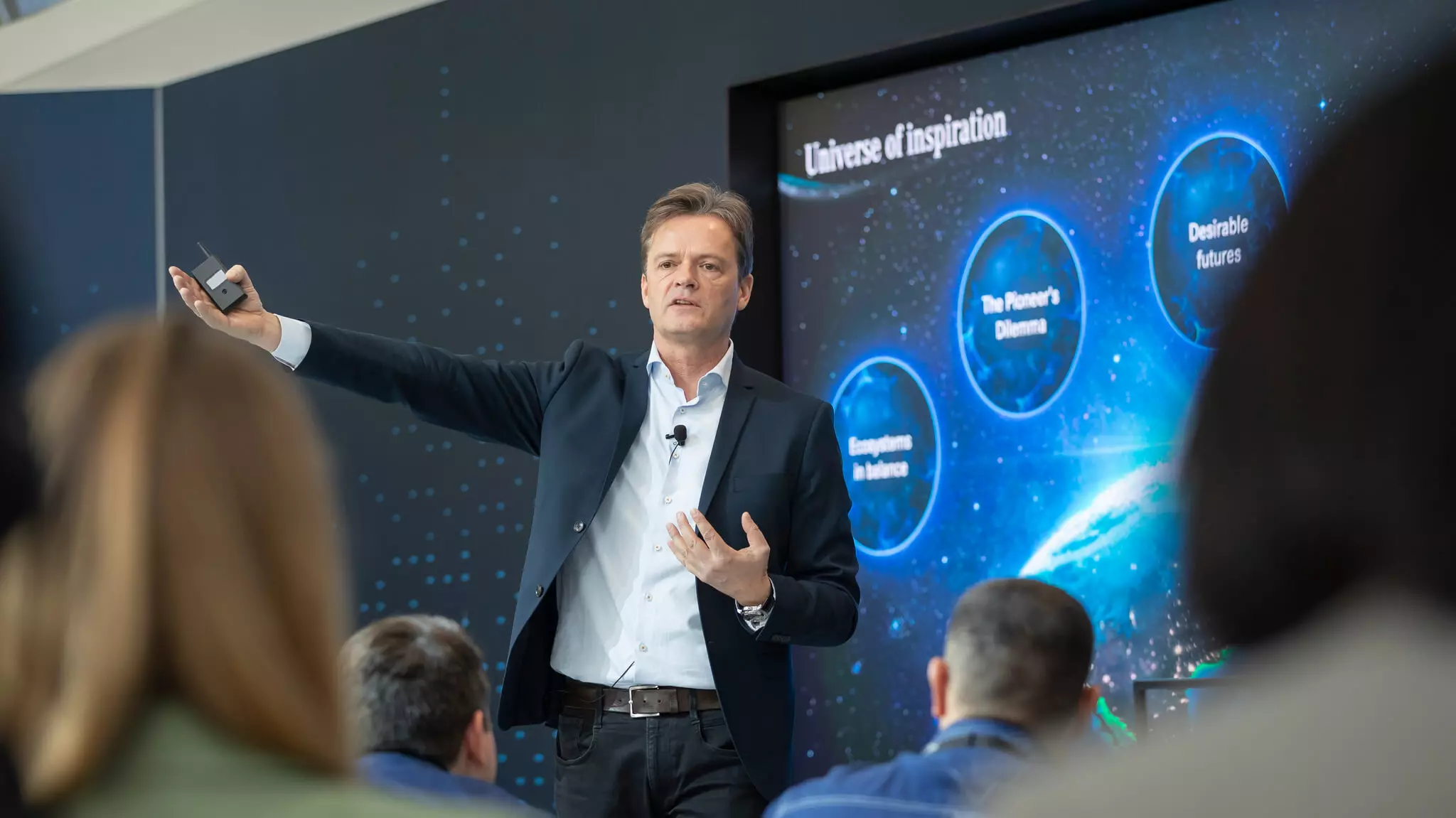
What makes the Vision AVTR a special concept?
Nature is our habitat and the best teacher we can learn from. In nature, there is no single solution that does not limit itself perfectly to the essentials, that does not reuse resources or that does not recycle them. Vision AVTR transfers this principle of a closed circular economy to our future vehicles, describing a desirable future of mobility in which man, nature and technology are no longer in contradiction but coexist in harmony.
All this sounds far into the future. What is Daimler's current status in terms of recycling?
Today, all Mercedes-Benzes are 85% recyclable. In terms of resource conservation we set ourselves the goal of reducing energy consumption and waste creation in our factories by more than 40% per vehicle over the next ten years. We want to save more than 30% per vehicle in terms of water consumption. For this, there is a team of almost 18 000 people in 28 locations in 11 countries working on technological and strategic innovation.
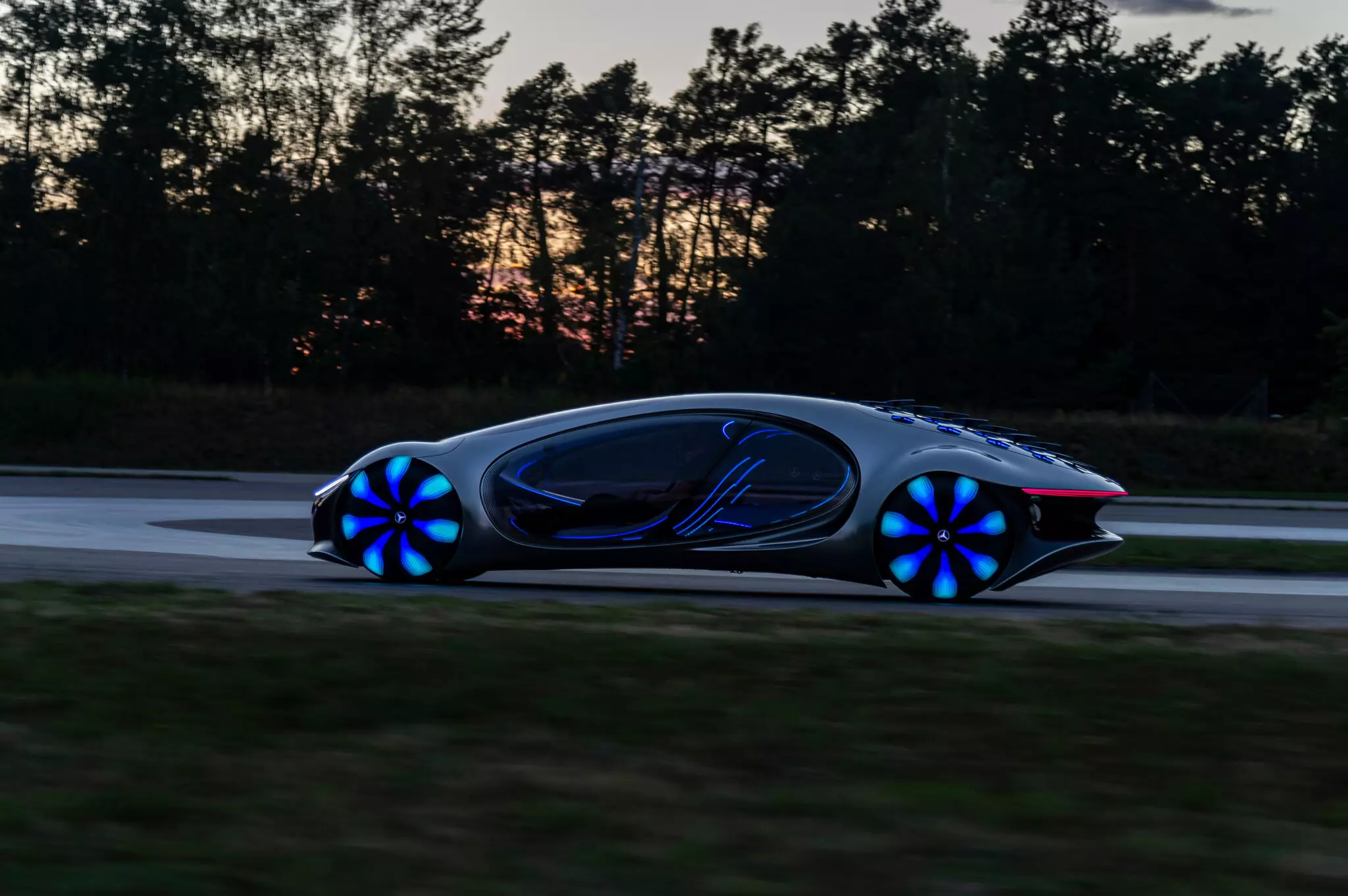
This is a potentially loaded Artificial Intelligence (AI) vehicle. What does AI mean to you on this path to the future?
We see AI as a key technology for creating an entirely new mobility experience. Today it is already an integral building block for us, whether in development, production, sales or after-sales, but it will become increasingly important in the vehicle itself, for example, by allowing it to “understand” the environment, offering significant support for the evolution of autonomous driving technology.
Another example is the Mercedes-Benz User Experience (MBUX) which is able to learn the driver's routines to make predictions and recommendations of a personal nature. We want our customers to be able to teach their cars some individual skills, which would allow them to create their own personal AI and build an individual interaction between humans and machines. But in everything we do, nothing replaces human creativity and social intelligence.
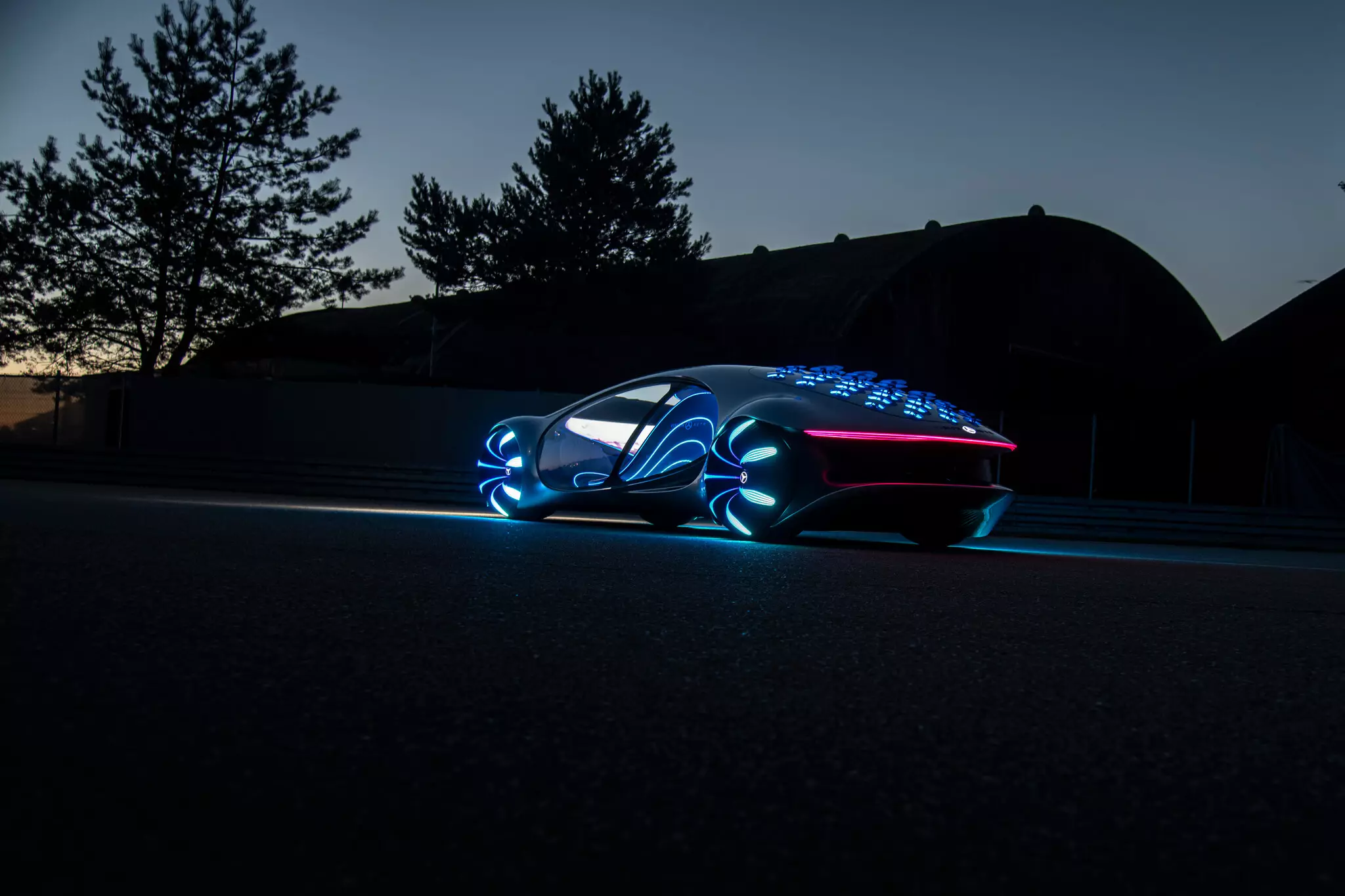
Authors: Joaquim Oliveira/Press-Inform
